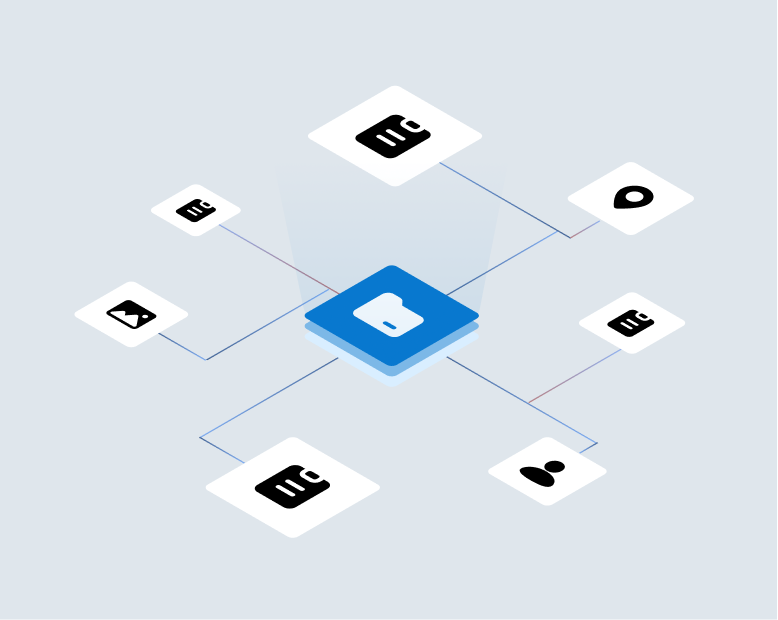Recently it was reported that Geico had passed Allstate to become the second largest personal lines property and casualty insurer in the United States. Geico, the Government Employee Insurance Company broke out of it’s government ghetto by directly marketing to consumers. Indeed, the three fastest growing brands over the past decade – Geico, Progressive and USAA are all direct marketers. Direct marketing is far less expensive than the traditional agent model of insurance sales. And critically, direct marketers spend far more of what they spend on advertising that build’s the carrier’s brand rather than on support offices and administrative staff necessary in the agent model. So carriers with traditional agent distribution models are confronted by competitors that are large, faster growing, with strong brand identities and lower costs. It’s not the best competitive position to be in.
Some carriers have chosen to “join ’em” – building or acquiring direct distribution capabilities to add value of doing so declines, for as one industry insider says “there’s not much benefit to being the seventeenth direct marketer of car insurance”. And even if you do make the plunge into the direct business, you still need the volume generated by – and have the costs of – the ‘legacy’ agent channel to contend with.
Of course agent distributed insurance companies claim that their model is ‘better’. Once upon a time it really was because agents were the first line of defense to sort between good and bad risks. Historically, information critical to underwriting decisions was informal or could only be gathered locally which meant that you had to have local representatives. And of course customers needed someone to sign them up. With the advent of the internet and ubiquitous online information, the influence of the local agent has waned. Likewise the claims of ‘personal’ service have been somewhat neutralized by 24X7 call centers and internet access, making many agents just a telephone stop on the way to the corporate office. So it’s not surprising that with each passing year more of the population buy their home and auto insurance on line.
It’s quite a dilemma: stuck with an expensive distribution system of increasingly dubious value and coming too late to the direct marketing party, what’s a ‘traditional’ carrier to do? Staying stuck in the middle, fighting for the dwindling pie of customers uncomfortable buying insurance on line is not likely to be a viable long term strategy.
Customer quality: a new way to play the game.
There’s a downside to direct distribution: it’s taught the customer to cheat. Cheating online is easier than ever and the consequences to insurance pricing, particularly auto insurance, are stupendous, far outstripping the cost advantage that direct marketers have over agent distribution systems. Want a better rate for car insurance? Simply solicit a dozen bids from online insurers, changing application details until you find the right ‘mix’ of information that gives you the best rate. So what if it’s not the whole truth and nothing but the truth? Many consumers look upon this type of dishonesty as ‘fair’ in a business that they don’t trust to begin with. And it’s so much easier to lie to a computer screen than an agent that lives in your town.
Situation: Competitors have grown rapidly by using the direct marketing channel because it
1. Takes advantage of the natural growth of internet savvy consumers
2. It gives a significant distribution cost edge
3. The resources that are spent go into brand building rather than office buildings.
4. It encourages consumer behavior that traditionally distributed carriers have difficulty adapting to (extensive shopping/quoting, factor manipulation and immediate binding quotes).
Complication: As more and more companies pile into the direct business, the marginal value of having the capability declines “there’s not much leverage in being the 17th carrier to sell auto insurance on line”. While the risks of disruption to the existing agent distribution channel remains constant. But is there another way to compete?
Resolution: Yes. Right pricing via systematic defect identification and reduction.
- The P&C business has a major fraud cost problem that can be solved
- The minimum prize for solving it matches the typical benefit of direct marketing
- Solving the problem offers carriers a way to leverage their existing channels and infrastructure
- It requires far less lead time and up front investment than the direct market with much faster results
- Solving the problem allows fast movers to gain a long term edge


